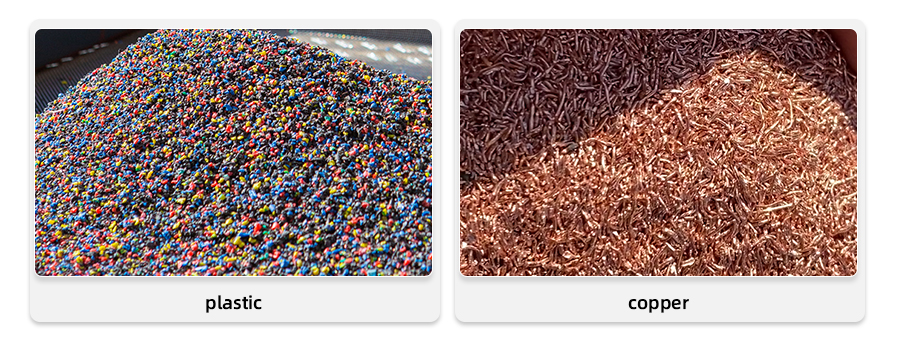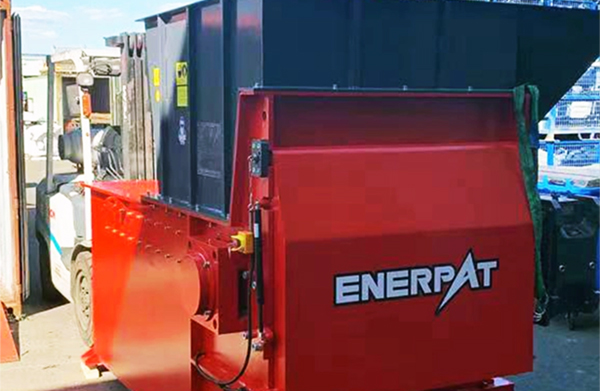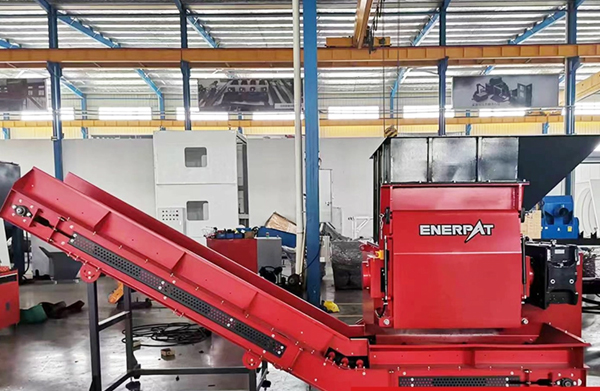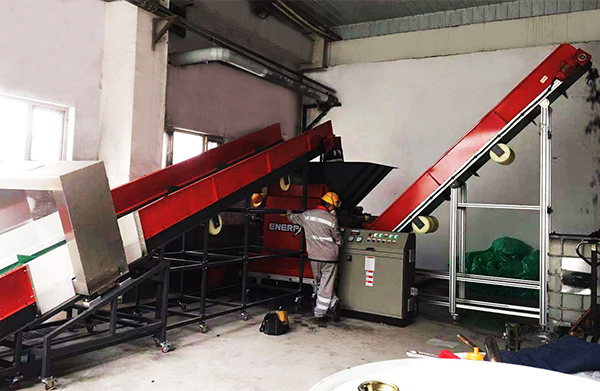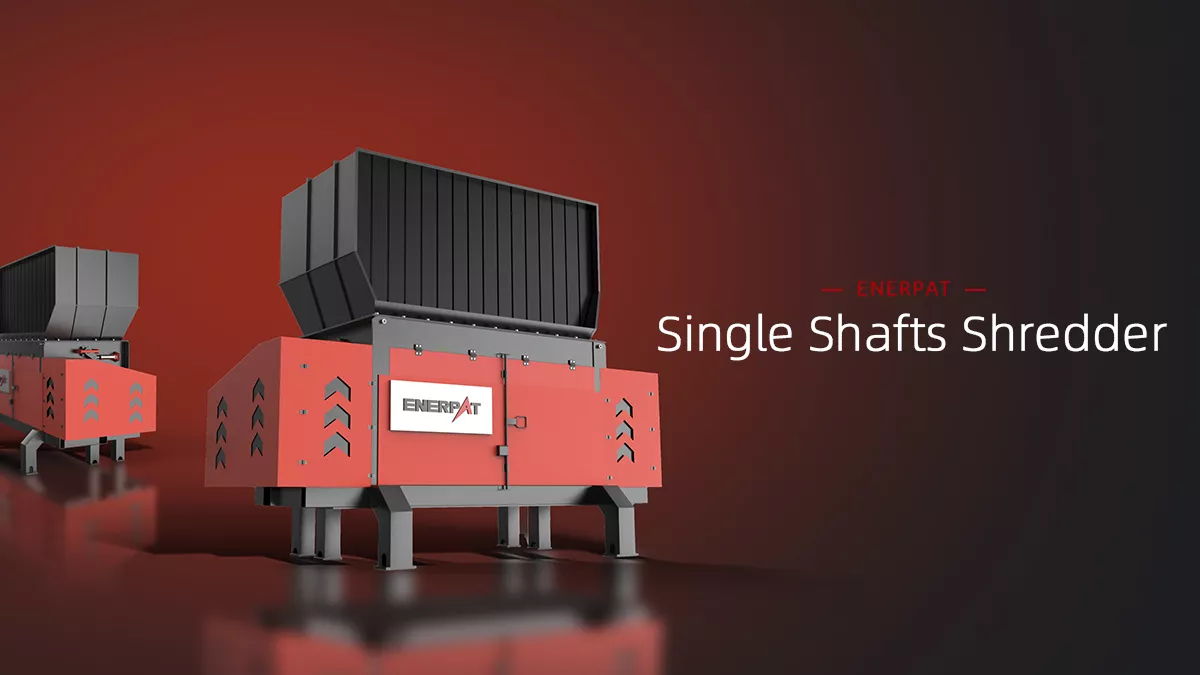
Ecnomic Single Shaft Shredder For Cable
Cables are widely used in our daily life, from electric cable, power cable to communication cable and data cable. Production of cable scrap in the Western world amounts to approximately 1,000 tons per 1 million population. Accumulation of abandoned cable posts potential fire hazard which can bring harmful effects on nature and human beings. A specialist field of cable recycling is therefore in strong demand.
Most cables consist of a metal conductor inner housed in a plastic insulation, and the most common metals used in cables are copper and aluminum. Approximately 60 to 80% of the weight of cables comes from the metal contained inside it. The main driving force to recycle cable waste is to recover the valuable metal portion; copper and aluminum are non-renewable metal whose exploitation incurs serious environmental effects. These metals after recycling don’t degrade, thus they can be recycled indefinitely.
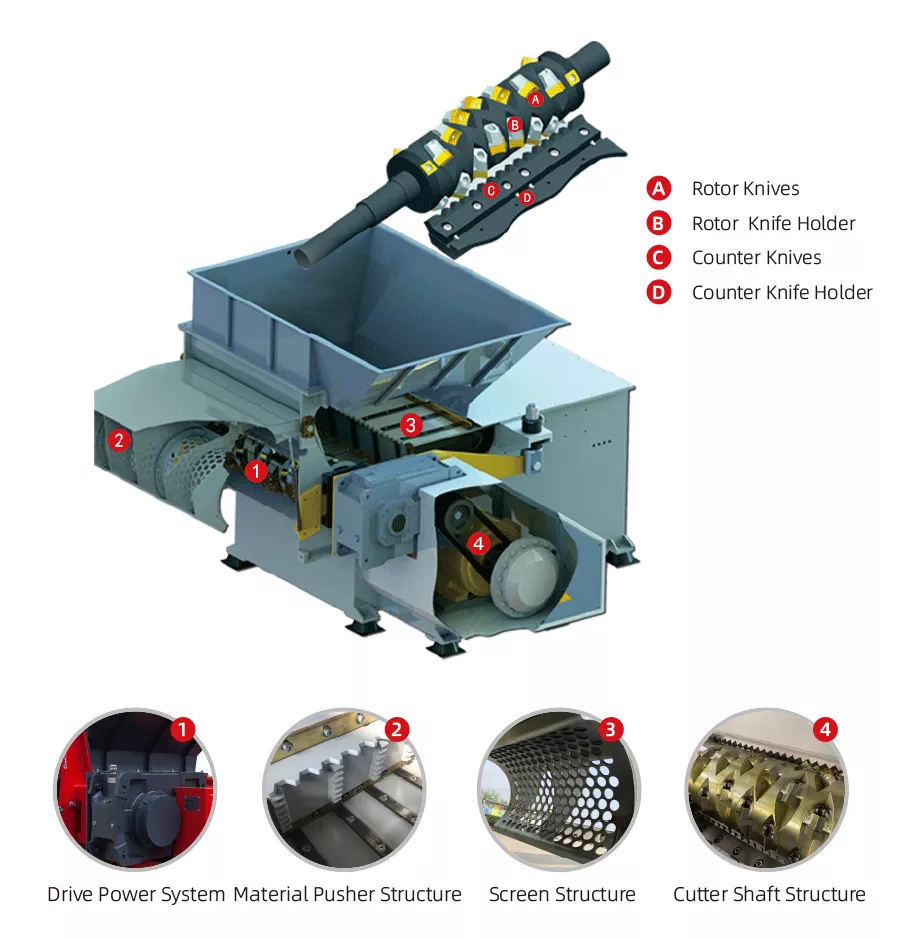
The decisive step in cable recycling processes is the possible entire separation of the metal fraction from the plastic insulation. A typical scrap cable recycling line consists of a combination of different cable single shaft shredders, granulators for material reduction and disintegration, as well as separation lines for separating metal from the plastic part. The reclaimed metals and plastic are then melted and reused to make new products.
ENERPAT’s size-reduction & separation line is specially designed for processing mixed cables of various size and composition, which mainly includes following equipment:
Cable single shaft Shredder – for primary size reduction of scrap cables
Magnet Separator – for separating the liberated steel from the shreds
Granulator – for secondary size reduction of the shredded cable pieces so that copper or aluminum can get detached from the plastic insulation.
Air Separation – for separating plastic from metal shreds with the principle of different density
Conveyors – for transporting material from one machine to another –
De-dusting system –for removing dust from the output shreds and meanwhile keeping the working environment clean and healthy.
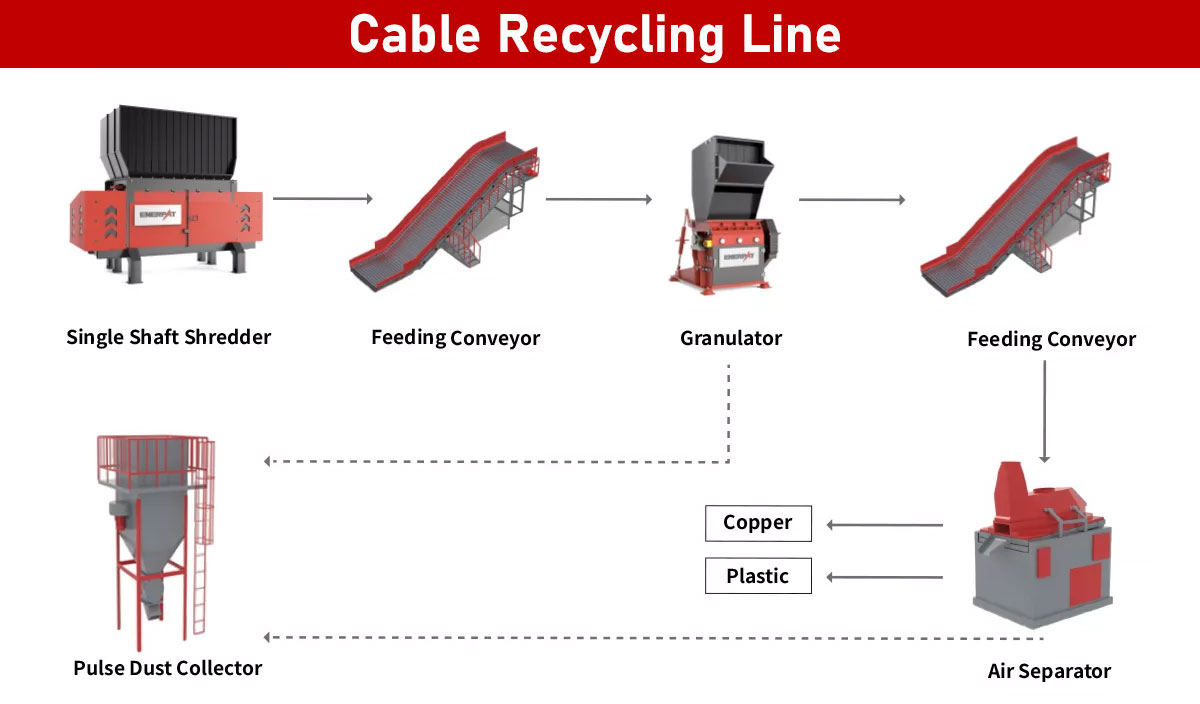
Applications

End Products
